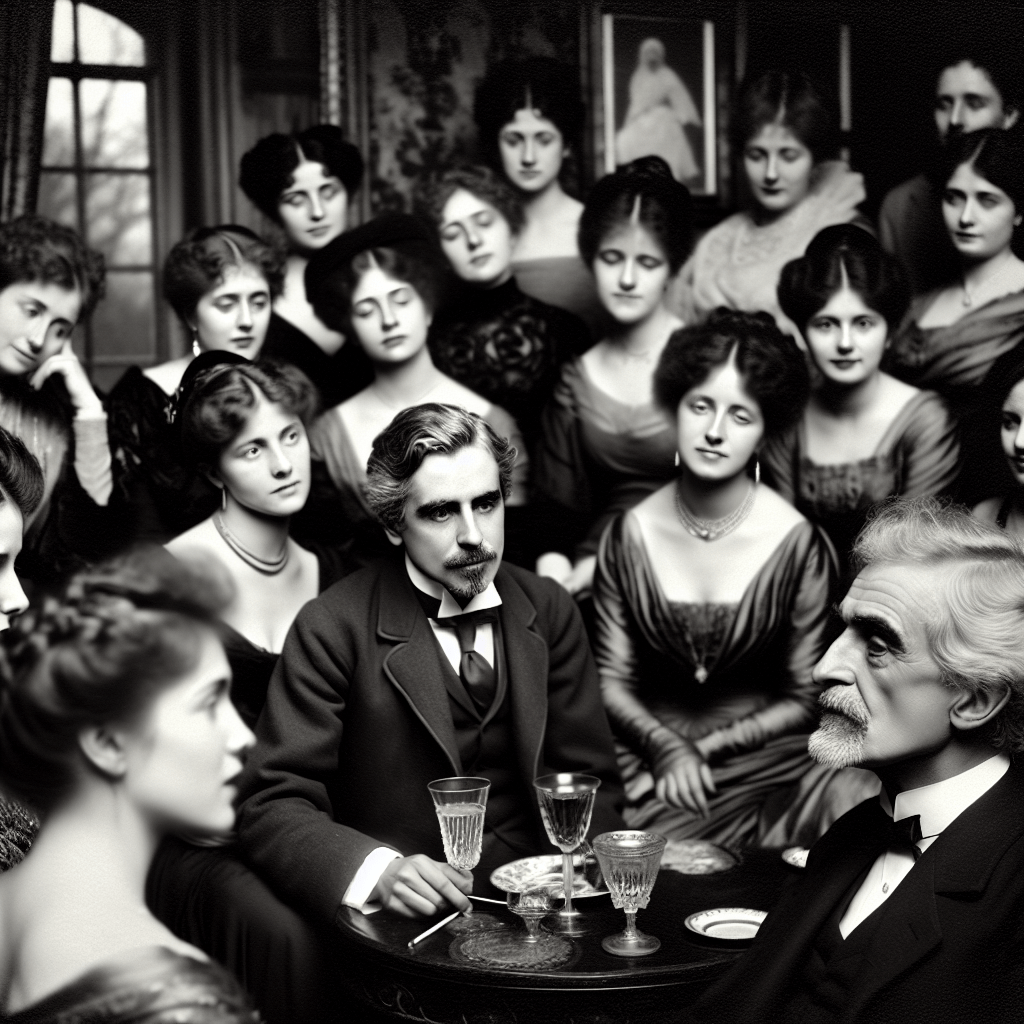The Notorious Literary Feud: Capote and the Swans
The literary world of the mid-twentieth century was not only a hotbed of groundbreaking writing but also a breeding ground for personal betrayals and very public feuds. Among the most notorious of these was the clash between Truman Capote, an acclaimed author, and his circle of high-society friends known colloquially as the ‘Swans.’
Truman Capote: Literary Prodigy and Social Butterfly
Truman Capote burst onto the literary scene in the late 1940s and 1950s with works such as “Other Voices, Other Rooms” and “Breakfast at Tiffany’s.” His novel “In Cold Blood,” published in 1966, reinvented the true crime genre with its narrative-driven, deeply psychological approach to the recounting of a brutal murder in rural Kansas. Capote was not only known for his writing prowess but also for his vibrant personality and a knack for ingratiating himself with high society.
The Swans: Society’s Elite and Capote’s Muses
The ‘Swans’ refers to a group of affluent, stylish, and socially prominent women who epitomized grace and elegance in post-war America. Among them were Babe Paley, Slim Keith, Gloria Guinness, Marella Agnelli, C.Z. Guest, and Lee Radziwill. They were celebrated figures in New York society and were often featured on best-dressed lists and in fashion magazines.
These women trusted Capote implicitly; after all, they were his close friends—or so they thought. Capote, as much an artist as he was a social climber, drew inspiration from the lives of these women whom he frequently described as his muses.
Unveiling Betrayal: “Answered Prayers”
The harmony between Capote and his social circle began to unravel with excerpts from his unfinished novel “Answered Prayers,” which started appearing in “Esquire” magazine in 1975. In it, Capote recounted scandalous tales of betrayal, infidelities, and gossip — secrets shared with him in confidence by these very ‘Swans.’ His incisive depiction of their intimate lives shocked the exclusive social circles of New York and beyond.
‘Babe Paley had her heart broken,’ one of the chapters disclosed, depicting her husband’s infidelity along with explicit details about several high-profile partners. These exposes alienated Capote from his society friends, sparking outrage from individuals who now felt deeply betrayed by someone they had once considered part of their inner circle.
The Fallout: Society’s Backlash Against Capote
The publication of “Answered Prayers” profoundly affected Truman Capote’s standing within New York’s high society. The Swans swiftly ousted him from their glittering enclave. Parties that were once pinnacles of Capote’s social life were now inaccessible to him. This rejection played a role in Capote’s declining health due to increased substance abuse as he struggled with professional isolation alongside personal torment.
Legacies in Ruins? The Long-term Effects of the Feud
Capote never fully repaired his relationships with the Swans before his death in 1984. The feud had tarnished reputations — not just those of the women portrayed in “Answered Prayers” but also Capote’s reputation as a trusted friend. It marked a turning point where private indiscretions became fuel for public consumption and entertainment—a dynamic that seems ever-present in today’s celebrity culture.
